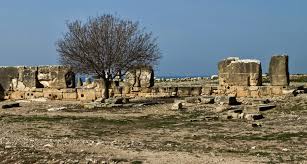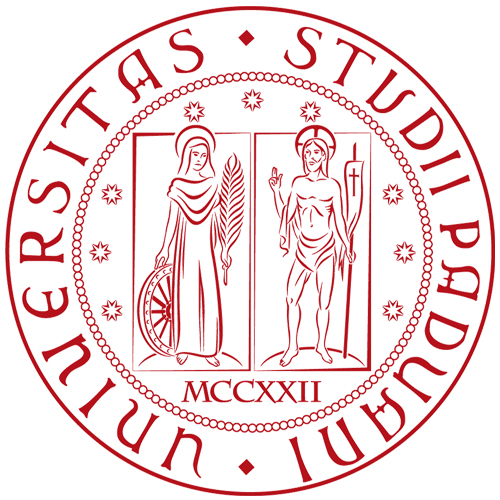
PHRC030 : Dedication to Arsinoe Philadelphos, Palaipaphos - Cyprus (270-240 BC) Dedication
Permant ID http://s.phrc.it/phrc030
Images:
Photo 1: Photo of the sanctuary of Aphrodite at Kouklia; via Wikimedia Commons

Text constituted from: I.Paphos 4.
Other editions: .
See also: Mitford, I.Palaepaphos 14; Nicolaou 1993, p. 227, cat. i; Anastassiades 1998, p. 138, no. 5; Caneva 2014, no. 24; Caneva 2020.
Images: .
Further bibliography: on the sanctuary of Aphrodite Paphia, see Cayla 2016 (I.Paphos), p. 57-61 and 70-74 for the inscribed objects of Arsinoe Philadelphos; on the presence of Ptolemaic cults and statues, see also Mlyniarczyk 1990, p. 115-120; Papantoniou 2012, p. 341-342 and Papantoniou forthcoming; Fulińska 2012, 61-62; Dumke - Pfeiffer 2015, p. 79-82.
Online record:
This plaque was probably attached to an altar or another cultic structure dedicated to Arsinoe Philaldephos in the sanctuary of Aphrodite Paphia. The sanctuary and neighbouring harbour of Palaepaphos have been considered as a crucial hub for the ‘ptolemaisation’ of Hellenistic Cyprus (see Dumke – Pfeiffer 2015) and the high number of dedications to Arsinoe Philadelphos from the Paphos area - the highest concentration in the whole Mediterranean (see PHRC014 and PHRC031-035) – seems to confirm this thesis, even though the mutual influences between Paphos and Alexandria in the development of the cult of Arsinoe remain difficult to assess in the detail (see Mlyniarczyk 1990, p. 115-120; Papantoniou 2012, p. 341-342; Fulińska 2012, 61-62). Equally debated is whether Ptolemy II had a city called Arsinoe founded along the processional way between Nea Paphos and Palaipaphos, as has usually been assumed on the ground of a passage of Strabo (14.6.3; Müller 2006, no. 12), or whether this never-identified settlement should be considered as a duplication of Marion/Arsinoe at the north-western corner of Cyprus (Bekker-Nilsen 1999; Bounegru 2002, no. 5). In the first case, the presence of a new foundation named after the deified queen might have concurred with the association of her cult with that of Aphrodite at Palaipaphos to create a micro-regional network of religious and political bonds between the Ptolemaic power and Cypriot traditions. In the second case, the sanctuary would have sufficed to attract the manifestations of local adherence to the Ptolemaic ruler cult, constructing a dynamic interaction with Nea Paphos as the adminitrative center. The rich dossier of Palaipaphos together with the total absence of archaeological evidence of a new settlement between the old and new Paphos support the second hypothesis (cf. Papantoniou forthcoming).
Our plaque is the only marble object bearing a dedication to Arsinoe from the Paphos area. Since marble was not quarried on ancient Cyprus and had to be imported to the island (Gjerstad et al. 1937, I., p. 520), its use was more expensive and much less frequent than that of local stones (limestone and sandstone). For this reason, marble dedications concerning Ptolemaic ruler cults are extremely rare in Cyprus (see also PHRC009 from Chytroi; PHRC040 and PHRC041 from Soloi-Mersinaki). Contrary to what one could expect, however, their quality may significantly vary from case to case. While the dedication to Arsinoe Philadelphos and a local Nymph at Chytroi shows a high standard of execution and probably stems from the initiative of a member of the Alexandrian elite in Cyprus, the other specimens are characterized by smaller dimensions and a low quality of execution.
This plaque certainly belongs to this set of humble private dedications, as shown by the poor level of literacy of the stone cutter (for the rest, the text is the same as PHRC031). Given the small dimensions of the support, we may assume that a little fragment of marble was cheap enough to allow the donor to increase the social prestige of his dedication thanks to the symbolic value of this material. Similar cases are also documented outside Cyprus: see also the dedications to Arsinoe Philadelphos in PHRC038-039.



